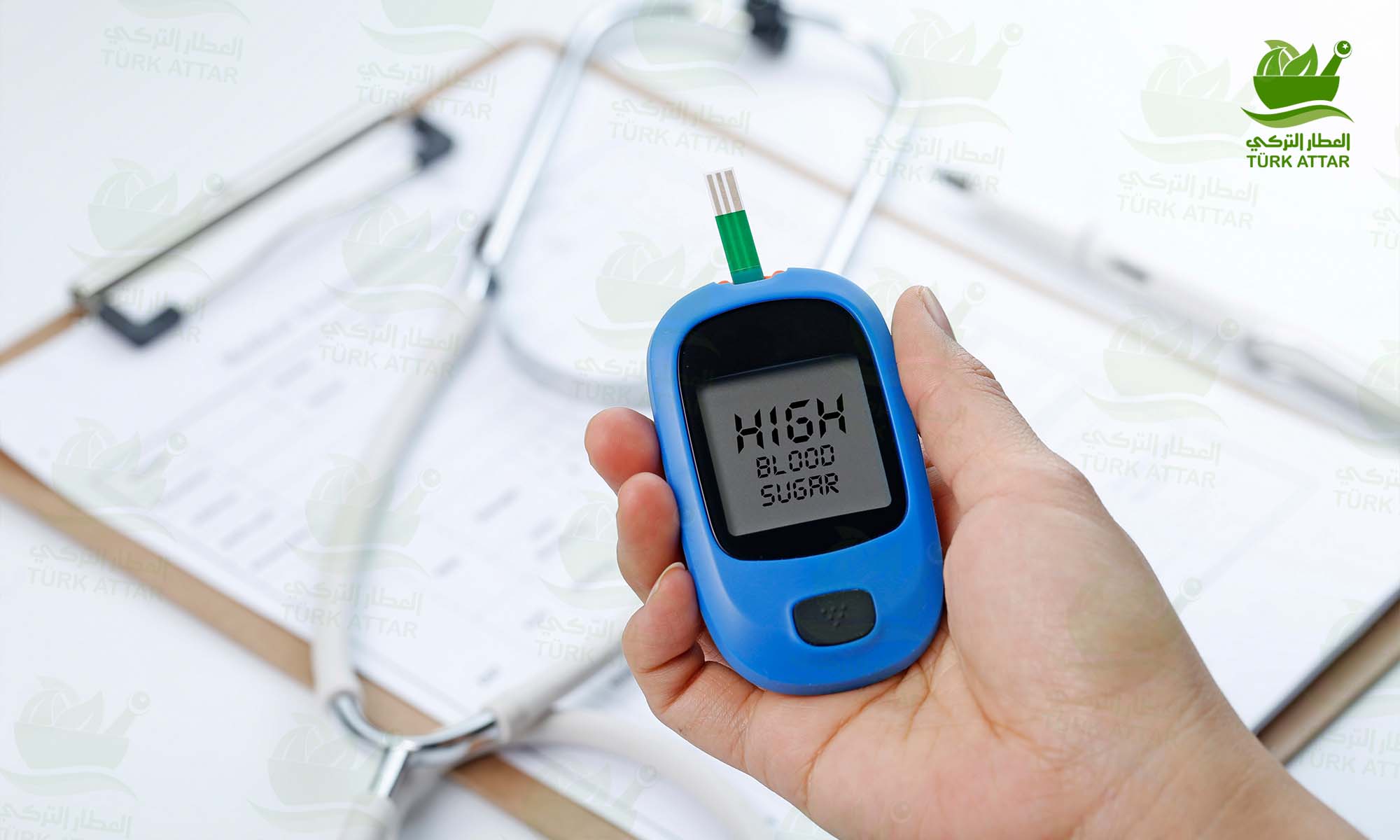
Glucose is the most important nutrient source for all organs of the body. Cells use the glucose they need with the help of the hormone insulin, which is secreted by the pancreas, which allows sugar to enter the cell and store it as glycogen.
What is Diabetes?
Diabetes mellitus is the general name given to the types and groups of diseases that develop due to high blood sugar resulting from the inability of the pancreas to produce enough insulin for the body or the inability to use the insulin it produces effectively by the body.
The energy need of the human body is provided by carbohydrates, proteins, and fats in the foods taken. One of the most important parts that come out when grinding these nutrients are simple sugars called "glucose”.
Glucose is the most important nutrient source for all organs of the body. Cells use the glucose they need with the help of the hormone insulin, which is secreted by the pancreas, which allows sugar to enter the cell and store it as glycogen.
Diabetes can occur in several different types. In type 1 diabetes, the body's natural production of insulin is reduced. In type 2 diabetes and gestational diabetes, the body develops resistance to the action of insulin. As a result of these two conditions, high blood sugar (hyperglycemia) occurs. The type of diabetes that has not yet fully emerged is called latent diabetes or pre-diabetes.
Diabetes Symptoms
What are the Symptoms of Diabetes (Diabetes)?
Both Type 1 diabetes and Type 2 diabetes share some of the same warning signs. Among these are hunger and fatigue, which are felt despite the consumption of normal meals.
If the body does not produce enough insulin, which the cells need to take glucose, or if the cells resist the insulin produced by the body, they cannot gain energy because they cannot take in glucose. This makes the person feel more hungry and tired than usual.
Excessive urine production is one of the acute symptoms of diabetes. This is due to hyperglycemia. Another symptom of diabetes, as a result of efforts to balance excessive urine production, is increased thirst and the need for daily fluid intake.
Because the body removes existing fluids with urine, it can reserve much less water for its remaining activities. As a result, dry mouth and itching are felt on the skin that remains dry.
Changes in fluid balances in the body can cause the lens of the eye to swell. Lenses that change shape will have difficulty focusing correctly and cause blurry vision.
Unexplained and unplanned weight loss and a longer than normal healing time of cuts and wounds are among the general symptoms of diabetes.
What is Type 2 Diabetes?
Type 2 diabetes is a fairly common condition that causes the level of sugar (glucose) in the blood to be too high. However, the symptoms of Type 2 diabetes may not be easily noticed, as they do not always make people feel bad.
It is a condition in which the cells of the body gain resistance to the normally produced insulin, and therefore cannot benefit from the sugar in the blood. Excess weight, sedentary lifestyle, stress, family history of diabetes and advancing age are among the causes of Type 2 diabetes.
It increases the likelihood of serious problems with the heart and nerves, as well as symptoms such as normally excessive thirst, frequent urination and fatigue. Type 2 diabetes is a condition that will affect a person's daily life for life. It may require dietary changes, medication, and regular medical check-ups to get it under control.
What is Type 1 Diabetes?
Type 1 Diabetes, is a condition in which the body cannot produce enough insulin to control blood sugar. As a result, the sugar (glucose) level in the blood reaches very high values. In type 1 diabetes, daily insulin injections are needed to keep blood sugar levels under control. Type 1 diabetes usually occurs at a young age. It is caused by the body's own immune system attacking the insulin-producing cells of the pancreas.
Type 1 diabetes can cause diabetic ketoacidosis, or DKA. DKA occurs when there is a severe lack of insulin in the body. The body, which cannot use sugar for energy, starts to benefit from the stored fat in the body instead. While stored fat is used by the body, chemicals called ketones are left behind.
If this situation is not controlled, ketones accumulate in the blood and increase the acid value of the blood. Individuals who are unaware of having Type 1 diabetes, especially children, may not be diagnosed before it worsens due to DKA. Therefore, it is important to detect the signs and symptoms of DKA so that they can be treated quickly.
These include primarily unplanned weight loss. If the body cannot get energy from food, it will instead start burning existing muscle and fat for energy. This is why you start losing weight without changing your diet and movement style. The ketones that the body produces when burning fat can cause nausea and vomiting. Ketones can rise to dangerous levels in the blood that can be life-threatening.
What is Gestational Diabetes?
Gestational diabetes, i.e., diabetes in pregnancy, is caused by the inability of pancreatic cells, which could secrete enough insulin before pregnancy, to secrete enough insulin as pregnancy progresses.
For this reason, blood sugar may rise during pregnancy even if there were no signs of diabetes in the past. This condition usually resolves spontaneously at the end of pregnancy. Those who have diabetes in their family, those over the age of 30 and those who are overweight are at risk of diabetes during pregnancy.
What is hidden sugar?
Under normal conditions, if the blood sugar level of the individual is higher than normal but not sufficient to diagnose diabetes, this condition is defined as latent diabetes or pre-diabetes.
As a result of the researches, it has been determined that Type 2 diabetes is seen in people with hidden sugar, usually within 10 years. It is seen that healthy eating and adopting a more active lifestyle are effective methods in order to prevent and delay the transformation of hidden diabetes into Type 2 diabetes.

16 Comment(s)
1
1
1
1
1
1
1
1
1
1
1
يساعد على تخفيض نسبة السكر
1
1
1
1
1
1
1
1
1
1
1
1
1
1
1
1
1
1
1
1
1
1
1
1
1
1
1
1
1
1
1
1
1
1
1
1
1
1
1
Leave a Comment